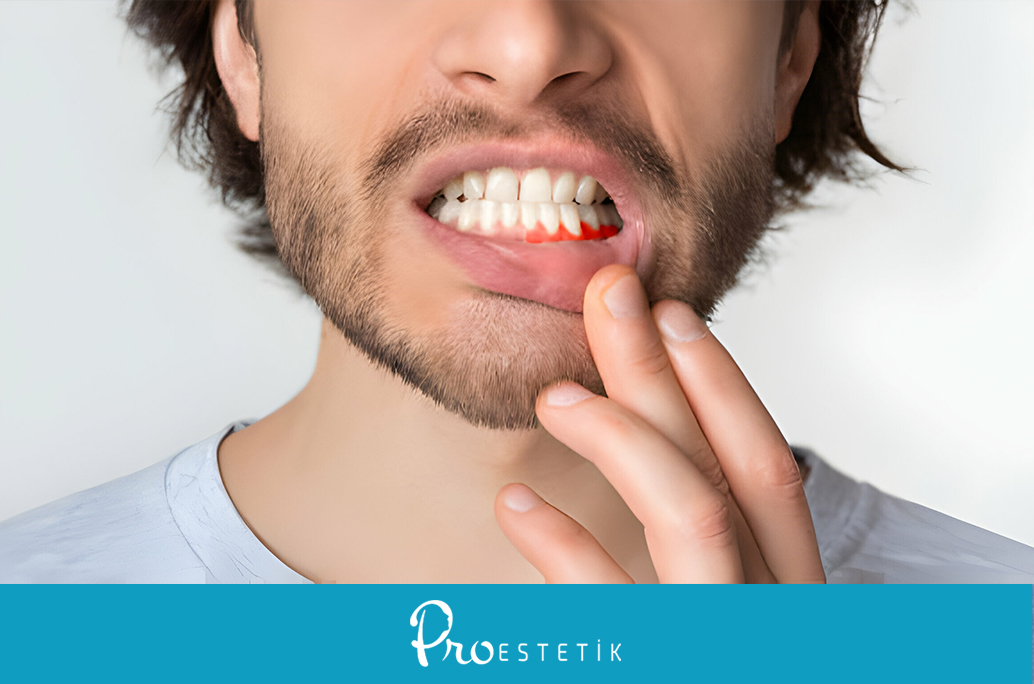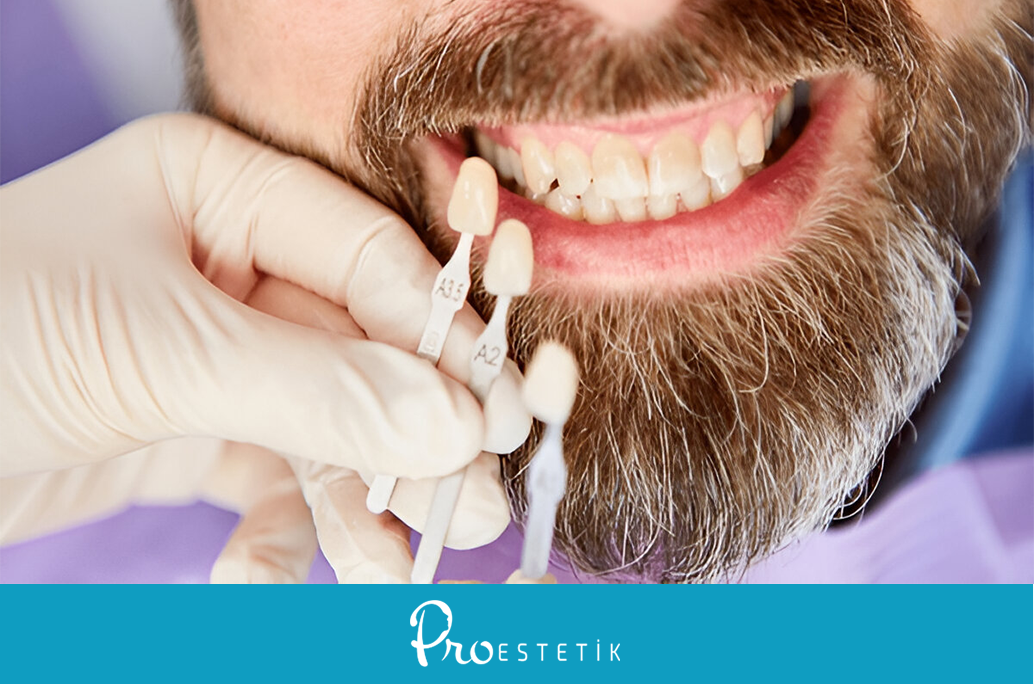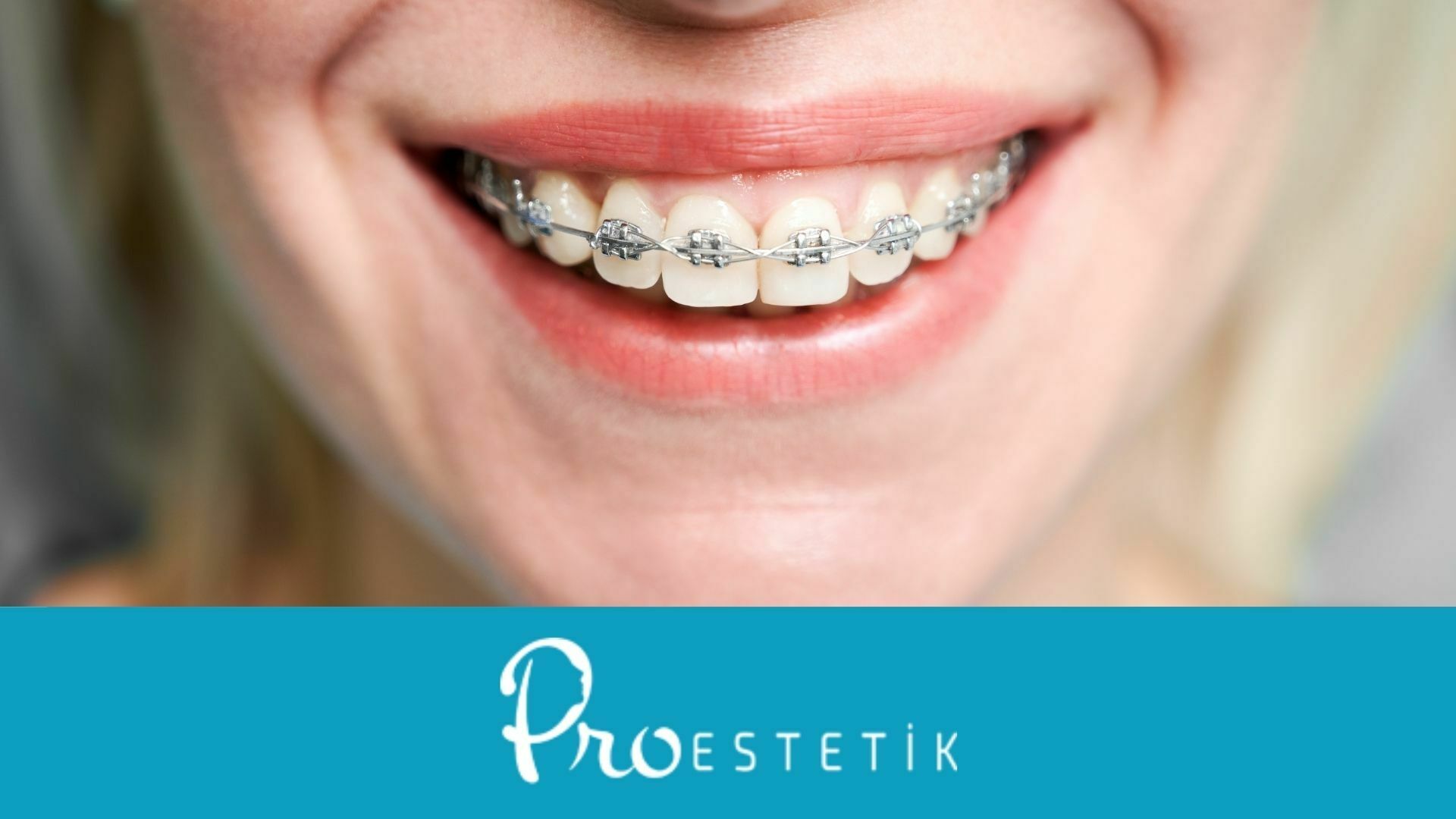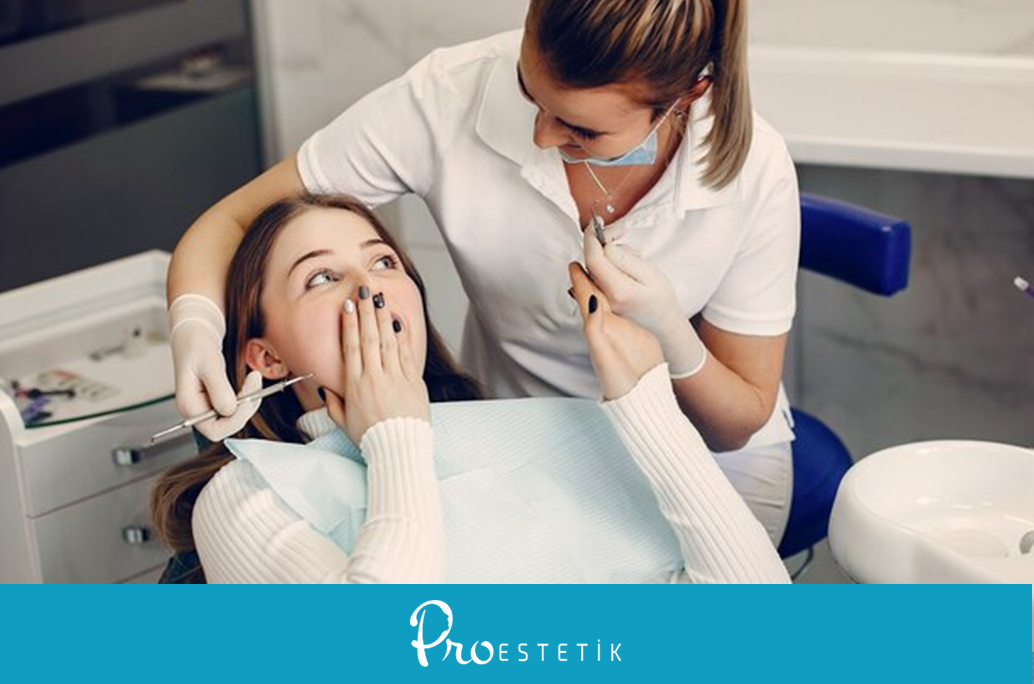Orthodontic treatments can be categorized under various subheadings, and lingual orthodontics is one of them. The primary difference of this treatment compared to others is that the braces are placed on the inner surface of the teeth, not the outer. This way, the braces remain invisible.
These braces, which do not cause aesthetic concerns, may differ in usage and application. We’ve explained in detail what lingual orthodontics is!
What is Lingual Orthodontics?
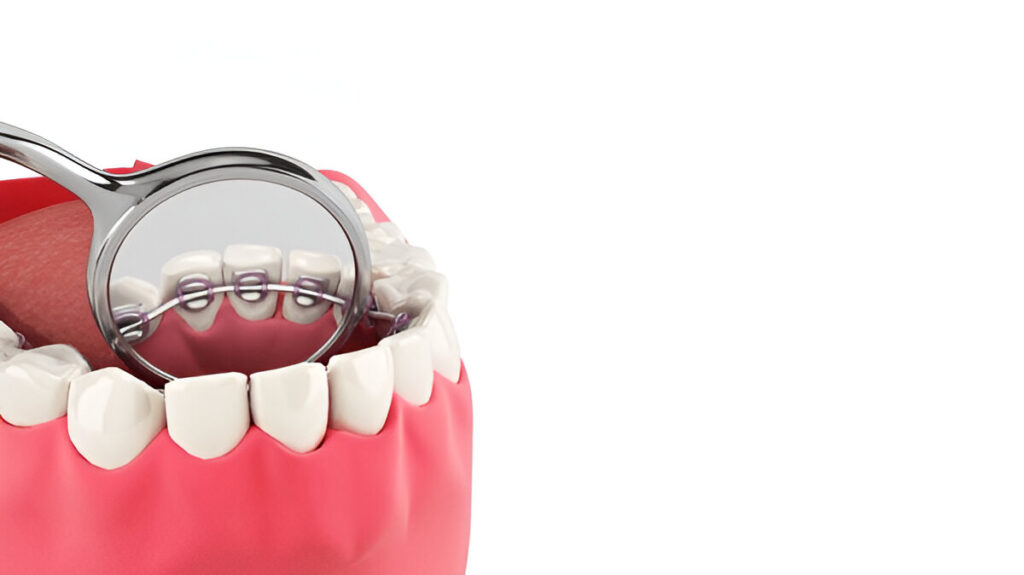
The term “lingual” originates from Latin and can be defined as “related to or associated with the tongue.” The term lingual orthodontics is used to describe a method where the braces are placed on the inner side of the teeth, facing the tongue. After briefly explaining what lingual orthodontics is, let’s delve into the details!
In lingual orthodontics, the braces are attached to the inner surfaces of the teeth. This method particularly eliminates aesthetic concerns. When viewed from the outside, the braces are not visible at all.
It is used to correct the alignment of teeth, fix crowding, and ensure proper occlusion. Throughout the treatment process, custom-made brackets and wires are applied for each patient. It can be more complex than conventional orthodontic treatments, and the adaptation period may vary from person to person.
Lingual orthodontics is often preferred by adults who wish to use braces. While braces are not bothersome for children and teenagers, adults might have aesthetic concerns. For this reason, it is more commonly chosen by adults.
Advantages of Lingual Braces
Lingual braces are placed on the inner side of the teeth. They offer both aesthetic and functional advantages to users.
Here are the advantages of lingual braces:
- Orthodontic treatments can be lengthy, often lasting several years. Lingual braces provide an aesthetic treatment process, making them a significant advantage for those uncomfortable with the appearance of braces.
- Braces are custom-designed to fit the patient’s oral and dental structure, making the treatment more effective and faster.
- They can be used to address various orthodontic problems such as crowding, gaps, and occlusion disorders.
- Since lingual braces are placed on the inner surfaces of the teeth, they do not alter the external structure of the teeth.
- Dental movements can be comfortably guided with these braces.
- They can be used conveniently for both young and adult patients.
In addition to these benefits, lingual braces offer many other advantages. You’ll notice them more clearly during usage.
We’ve explained what lingual orthodontics is and listed the advantages of its application process. Now, let’s look at the frequently asked questions about this treatment in more detail!
Who Can Use Lingual Braces?
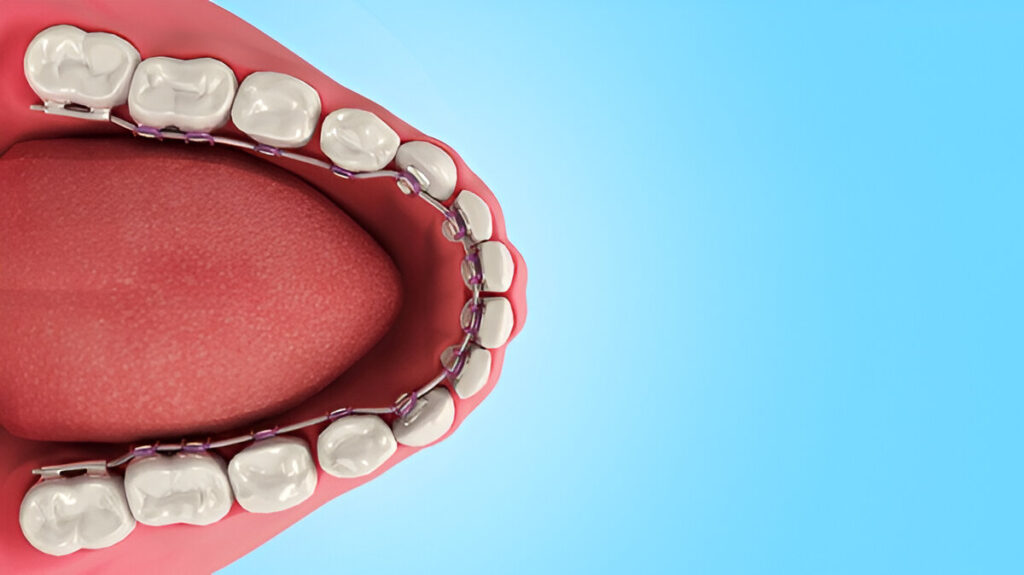
Lingual orthodontics is particularly preferred by individuals concerned about the aesthetic appearance of braces. However, this orthodontic treatment may not be suitable for everyone.
Generally, patients with oral and dental structures compatible with conventional braces can also use lingual braces. Problems addressed by these braces include crowding, gaps, and improper occlusion.
Lingual braces may not be suitable for individuals with very small teeth, as there may not be enough space for placement. Additionally, jaw structure can also affect the application process of this treatment.
To determine if you are a candidate for lingual orthodontics, your dentist will conduct specific tests and plan your treatment accordingly.
How Long Does Lingual Braces Treatment Take?
Orthodontic treatments are typically long-term, as it takes time to correct the positioning and alignment of the teeth.
The duration of lingual braces treatment also depends on the patient’s oral and dental structure, the treatment process, and the care provided by both the patient and the dentist.
Typically, lingual braces treatment durations are as follows:
- Minor crowding can be resolved in 8-12 months.
- Moderate issues may take 15-30 months.
- Severe occlusion problems start at a minimum of 24 months and may extend up to 36 months.
These treatment durations are based on general observations. Each patient’s oral and dental structure and treatment process are unique, so the durations mentioned above may vary.
Maintaining proper hygiene of the braces, following the dentist’s recommendations, and the patient’s age can shorten the treatment period. In younger individuals, tooth movements can be directed more quickly.
For more information about orthodontic treatments, check out our article titled “What is Orthodontics? How Are Treatments Applied?”
Oral and Dental Hygiene with Lingual Braces
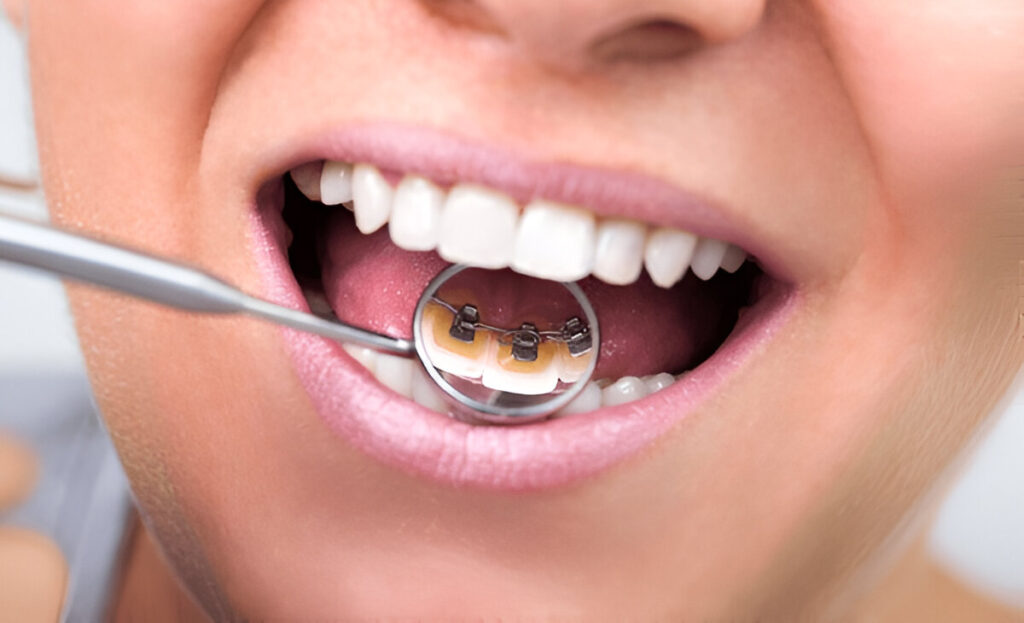
Oral and dental hygiene is crucial when using conventional braces. Without regular cleaning, bacteria can grow, and plaque can accumulate.
With lingual braces, extra care is needed. Since they are placed on the inner surfaces of the teeth, gum issues and dental problems may arise.
Careful brushing after meals, detailed cleaning between brackets, and using dental floss are essential. For additional hygiene, small-headed electric toothbrushes, interdental brushes, or oral irrigators can be used.
Contact Us!
Orthodontic treatments are significant processes that require attention. In this article, we’ve explained what lingual orthodontics is in detail. For any questions about braces treatments, feel free to contact us or check out our other articles.
Don’t forget to visit our page for more information about our braces treatment services!

 English
English Turkish
Turkish Deutsch
Deutsch العربية
العربية![[:en]What is Lingual Orthodontics? Application Process and Usage![:tr]Lingual Ortodonti Nedir? Uygulama Süreci ve Kullanım Şekli![:de]Was ist linguale Kieferorthopädie? Anwendungsprozess und Nutzungsmethode![:ar]ما هي تقويم الأسنان اللساني؟ عملية التطبيق وطريقة الاستخدام![:] Lingual Ortodonti Nedir?](https://proestetik.com.tr/wp-content/uploads/2024/12/lingual-ortodonti-nedir.png)



